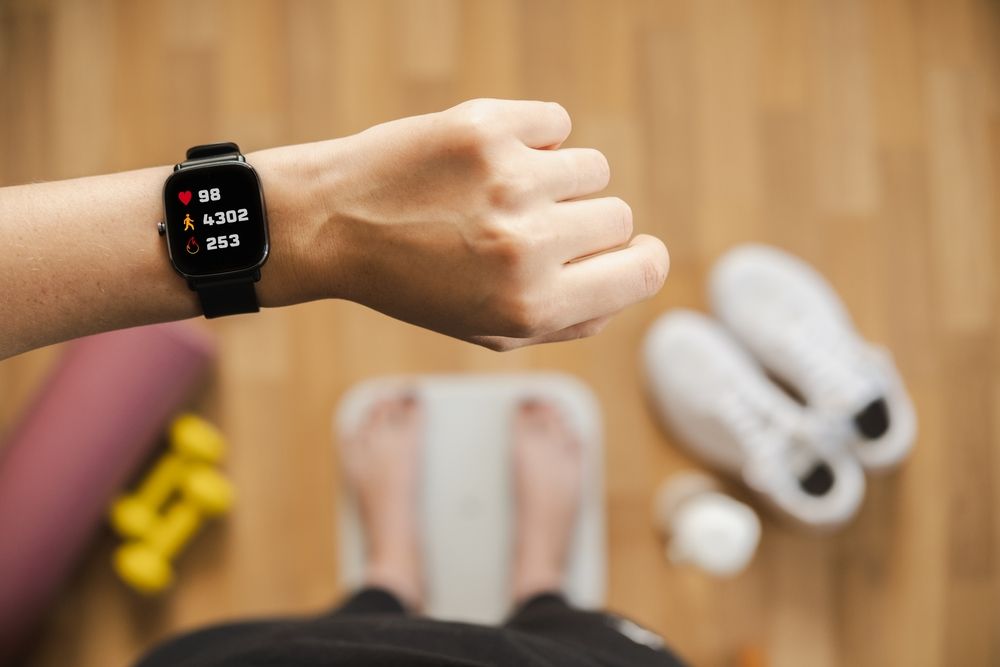
Burning 1,000 calories a day might seem ambitious, but it's more attainable than you might think. Whether you're an athlete aiming to enhance performance or someone trying to lose extra weight, understanding calorie burning is key to achieving your health and fitness goals. We consulted certified personal trainers and fitness experts to explain how you can burn 1,000 calories a day through regular exercise and increased daily activity, making this goal achievable regardless of your fitness level.
Increasing your daily calorie expenditure can accelerate weight loss, improve cardiovascular health, and enhance overall fitness. Additionally, burning more calories can boost your metabolism, aiding in maintaining a healthy weight. However, it's important to approach your calorie-burning goals with a balanced perspective and a well-structured plan. Overexerting yourself, neglecting recovery, and poor nutrition can hinder your progress, potentially leading to injuries and burnout. Health and fitness experts emphasize the importance of incorporating rest days into your routine and maintaining a balanced diet rich in essential nutrients.
Now, let's delve into how you can burn 1,000 calories a day, along with practical tips and expert advice on sustaining this goal in the long term.
What are calories, and how is calorie burn measured?

"Calories are units of energy used to measure the energy content of foods," explains TJ Mentus, CPT, a certified personal trainer at Garage Gym Reviews. "The calories in food provide the energy your body needs to function and perform essential activities like breathing, moving, and circulating blood. When you consume more calories than your body requires, the excess is stored as fat. Conversely, when you consume fewer calories than your body needs, it burns fat to compensate for the energy deficit. Using a heart rate tracker is the best way to measure calorie burn since it is closely linked to heart rate. As your heart rate increases, so does the need for oxygen, which in turn requires more energy."
Calorie burn is influenced by several factors, including your Basal Metabolic Rate (BMR), which is the number of calories your body needs to maintain basic physiological functions at rest. According to the National Academy of Sports Medicine, your Total Daily Energy Expenditure (TDEE) is calculated by multiplying your BMR by a physical activity multiplier, which varies based on how much exercise you get each week. Additionally, factors such as age, weight, gender, and activity level significantly impact the number of calories you burn daily.
Is burning 1,000 calories a day possible?

Burning 1,000 calories daily is possible, but the likelihood of success varies greatly depending on your fitness level and body type. Those who are physically active, have larger bodies, or possess more muscle mass may find it easier to burn 1,000 calories compared to individuals who are sedentary, smaller in size, or have less muscle.
"A typical strength workout will burn 300 to 400 calories in one hour on average," says Mentus. "One hour of running will burn between 600 to 700 calories. Based on these common exercises, you would need to exercise for at least two hours a day, which might not be practical for most people. If you're not already in good shape, I would advise against jumping into two hours of exercise daily as it increases the risk of burnout and potential injury."
How long do you have you have to exercise to burn 1,000 calories?

The time required to burn 1,000 calories varies significantly based on factors such as body type, age, fitness level, and the type of exercise performed.
"Higher intensity activities generally burn more calories," says Kyrie Furr, CPT, a certified personal trainer and performance coach with Barbend. "For example, high-intensity interval training (HIIT) workouts can vary widely in intensity, but they typically involve alternating between bursts of high-intensity exercise and periods of rest or lower intensity."
Furr highlights that for many individuals, burning 1,000 calories may necessitate a combination of different exercises and physical activities spread throughout the day, rather than relying on a single long, intense workout.
Safety and risks of burning 1,000 calories a day:

Burning 1,000 calories a day is an ambitious goal that carries potential risks. Overexerting yourself can lead to overtraining and insufficient recovery time, increasing the likelihood of injuries, fatigue, and burnout. Therefore, it is crucial to balance intense workouts with proper nutrition, hydration, and rest to maintain consistent exercise and burn calories sustainably.
Before beginning any new workout routine, consult with a fitness professional or your healthcare provider. This can help you avoid injury and burnout while keeping you on track to achieve your health and fitness goals.

